"Ki" is a traditional cell animation about a person feeling locked up in his own life. In the video, much of what is stated is done without words. The director portrays a lifeless, depressing world, in which one man is trapped from birth until death.
A circle of onlookers watch as a child is born and presented a key. He uses that key throughout life to unlock the next stages of his life. He matures, marries, gets a job, grows old, and then dies. A circle of onlookers watched as the key was taken away. (Proairetic)
Throughout the video, people fly in and out of a circle, with ki's energy beating in the background. The man is also always in a cage of some sort, never to be free his whole life. (Hermeneutic)
A circle of onlookers surround the man as he is born, and as he dies. This connotates that one leaves life as one enters life. All the cages portray the trapping of the man. (Semic)
The key symbolizes the man's life force and a way to unlock the next stages of his life, until he dies. At that point, he has no use for the key, so it is taken away. (Symbolic)
Ki is Japanese for the life force/energy that permeates the world. In this case, it is manifested physically in the key. (Reference)
The many repeated colors and pattern of life portrays a homogenous, soul-suckingly depressing world. This supports the feeling of being trapped by the world. (Diagetic)
The man feels that the world has stripped him of himself, only leaving him with a superficial shell with which to live the rest of his life. He must conform and be as everyone expects him. It is not a choice. This causes the feeling of being trapped in life, being freed only through death.
[:ki]. Google Video. Web. 7 Sept. 2010. <http://video.google.com/videoplay?docid=1001413595702190711#>.
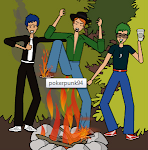

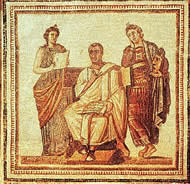
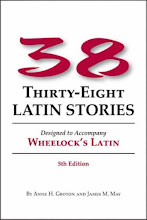
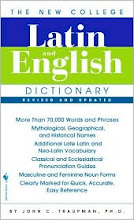
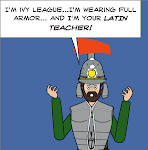


1 comment:
Nice job throughout. Do note: it's not necessary to mark each section by 'type' of analysis. I should be able to read the paper and pick up on that naturally.
Post a Comment